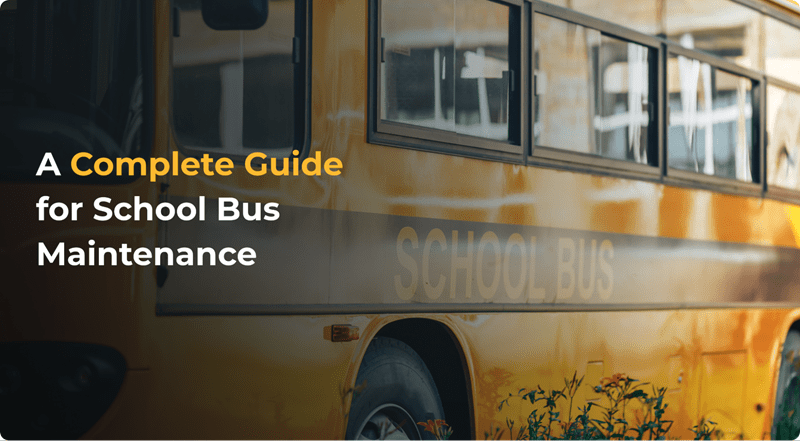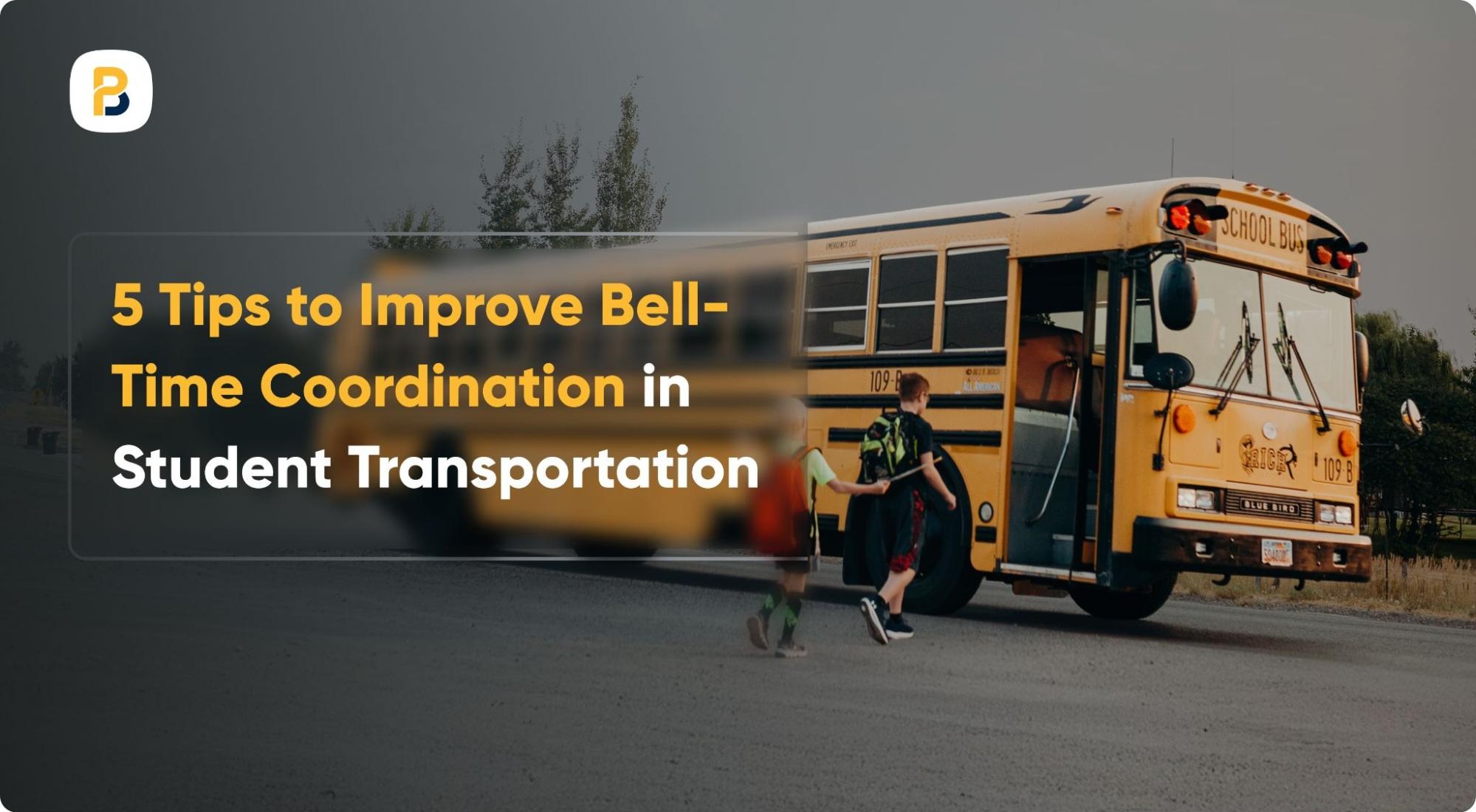Ensuring the reliability, and longevity of school buses is one of the highest priorities for school districts and transportation departments. Proper maintenance reduces the risk of accidents, keeps operational costs in check, and supports on-time student transportation.
This complete guide breaks down essential aspects of school bus maintenance.
The Importance of School Bus Maintenance

School buses travel thousands of miles annually under varied weather and road conditions. Poor maintenance can lead to:
- Increased breakdowns and service disruptions
- Safety hazards for children
- Regulatory violations and legal liability
Studies emphasize the critical role of maintenance in preventing crashes. For instance, NTSB’s investigation into a fatal 2010 Missouri school bus crash found that both buses involved had brake problems. One bus had ruptured brake lines, and the other had a malfunctioning ABS wheel speed sensor. The NTSB also noted deficient maintenance records and a lack of formal training for the mechanics responsible for these buses.
Preventive Maintenance Schedule
A proactive, preventive approach is the gold standard. School districts are strongly recommended to have structured inspections and service intervals for their buses.
Here are the key steps in preventive maintenance:
Daily Pre-Trip Inspections
Drivers must be trained to inspect the buses before their shift, covering the following areas:
- Exterior Checks: Inspect for body damage, cracked windows, or loose mirrors
- Tires: Check for proper inflation, visible damage, or low tread
- Lights: Confirm all headlights, brake lights, turn signals, and hazard lights are working
- Mirrors and Glass: Clean and adjust mirrors to ensure clear visibility
- Leaks: Look underneath the bus for any signs of oil, coolant, or fuel leaks
- Emergency Equipment: Verify the presence and condition of the fire extinguisher, first aid kit, or any other necessary equipment to handle emergencies.
Drivers must be provided with an inspection checklist that they can use for daily inspection. A proper channel to immediately communicate the issues should also be implemented.
Biweekly Checks
There must be dedicated personnel in the transportation department to conduct an inspection at least once in two weeks. They would check the following:
- Battery: Test voltage and clean terminals
- Belts and Hoses: Look for cracks, fraying, or signs of wear
- Fluid Levels: Check oil, coolant, brake fluid, power steering fluid, and windshield washer fluid
- Air Filters: Inspect and replace if dirty or clogged
- Windshield Wipers: Ensure good condition and replace if streaking
Combine weekly inspections with minor servicing to save time and reduce labor duplication.
Monthly Inspections
A proper inspection must be conducted by a trained mechanic once a month for each bus. The mechanic must be responsible for examining:
- Brakes: Check pad wear, inspect rotors/drums, and test air brake system pressure and response.
- Suspension System: Inspect shocks, struts, leaf springs, and bushings for damage or wear
- Steering Components: Check the wheel alignment, tie rods, ball joints, and power steering system
- Fuel System: Inspect lines and connections for leaks or damage
- Undercarriage: Look for rust, structural issues, or exhaust damage
Consistent checks are not just recommended; they are often required by law. Many U.S. states mandate at least monthly inspections in line with Federal Motor Carrier Safety Regulations.

The Role of Drivers
Maintenance is not just about mechanics. Drivers play a vital role. Proper driver training reduces wear and tear, improves fuel efficiency, and enhances safety.
Key driver training topics:
- Performing thorough pre-trip inspections
- Recognizing and reporting early warning signs (noises, vibrations)
- Avoiding harsh braking and acceleration
- Reporting defects promptly
Leverage Smart Fleet Management Tools
Modern school bus fleet management software simplifies maintenance. For example, BusPlanner’s fleet management tools enable school districts to:
- Keep track of needed parts with advanced inventory tools
- Maintain your budget using cost-control features
- Build tailored reports with current data
- Reduce downtime through maintenance alerts
- Stay informed about repair-related downtime
- Analyze costs across vehicles, labor, and parts
By using an effective software solution, transportation departments can reduce missed inspections, prevent costly repairs, and boost overall reliability and safety.
Conclusion
School bus maintenance is a comprehensive responsibility combining:
- Preventive maintenance schedules
- Thorough inspections
- Driver training
- Meticulous record-keeping
- The use of smart school bus fleet management tools
By adopting best practices and using solutions like BusPlanner, school transportation departments can ensure safe, reliable service for students while controlling costs and meeting all regulatory requirements. Contact us today to learn more!









